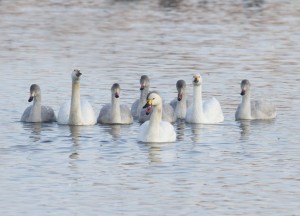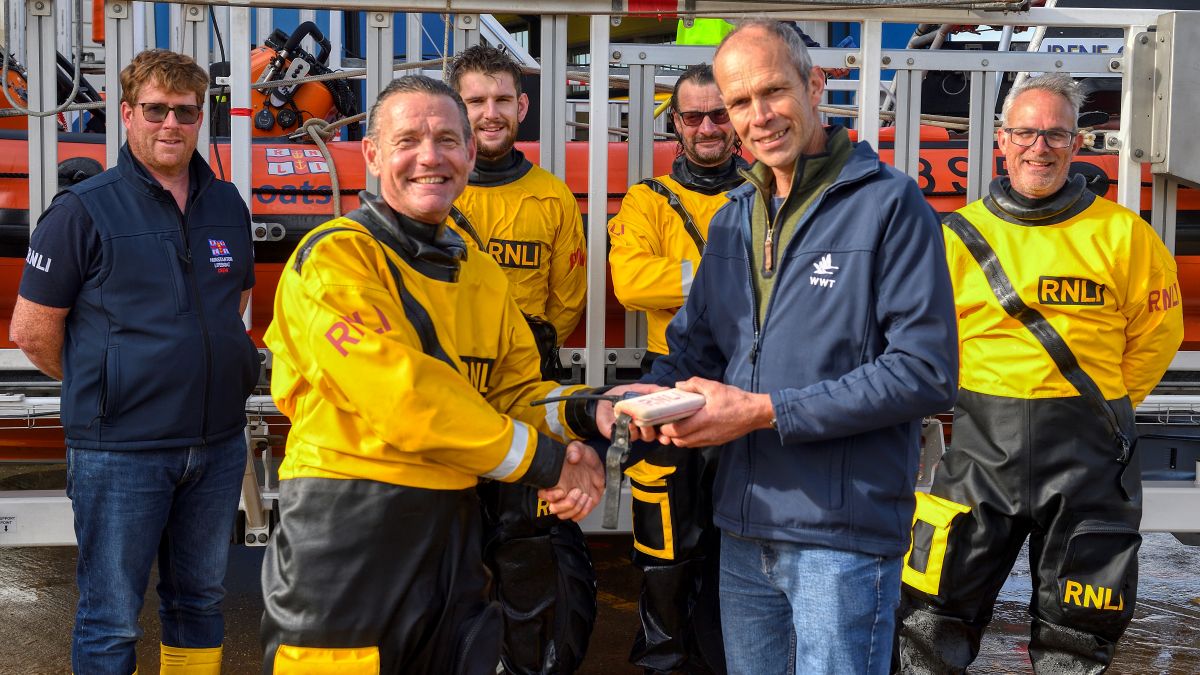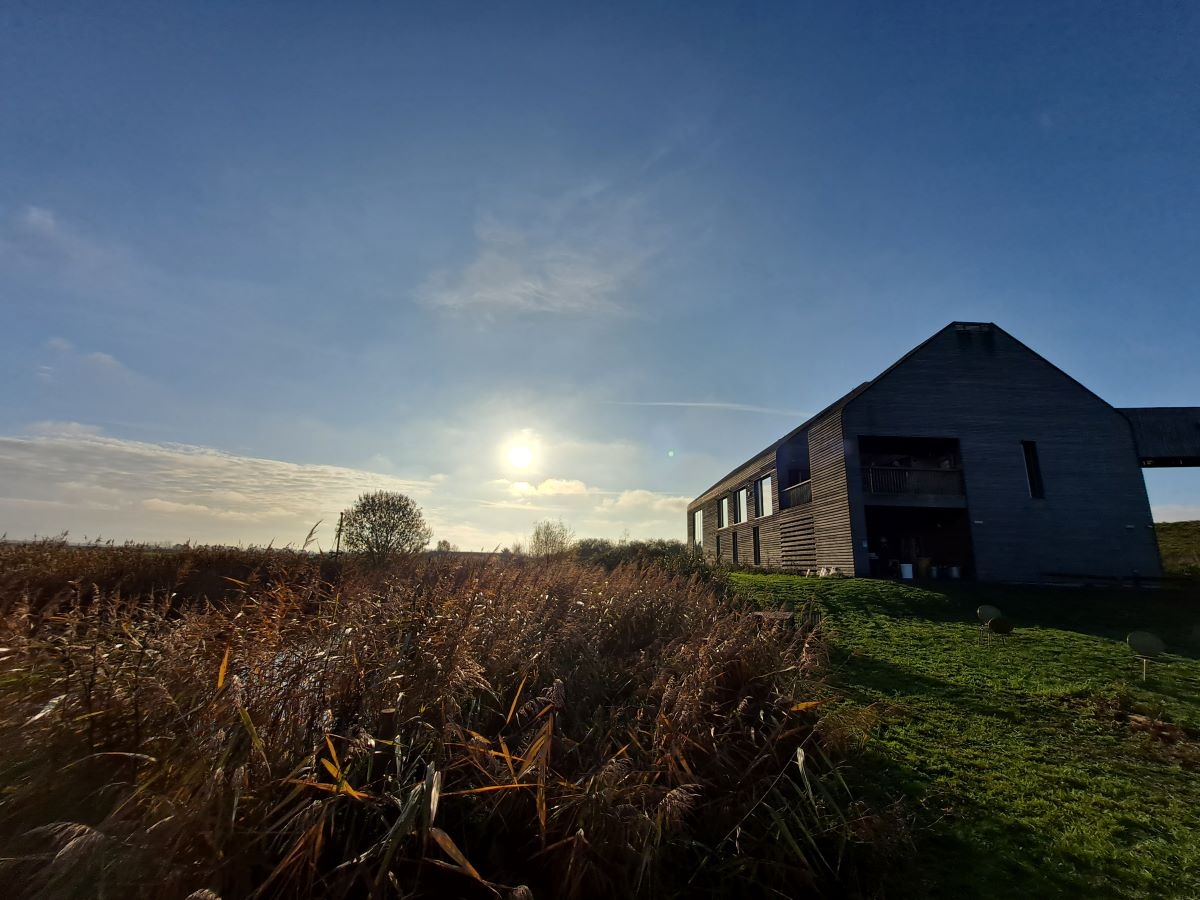Threatened swans boosted by bumper breeding season

Threatened Bewick’s swans are returning from their Russian breeding grounds with the most young that ornithologists have seen in more than a decade.
Surveys of the swans’ UK wintering sites, such as the Ouse Washes and WWT Slimbridge on the Severn Estuary, have found 17.6 percent young among the flocks. This compares to an average of about 10 percent over the last 10 years.
It is welcome news for the Northwest European Bewick’s swan population whose numbers have declined steeply since the 1990s.
Dutch ornithologists Wim Tijsen and Jan Beekman coordinate synchronised counts throughout the swans’ range in northern Europe. They report that overall there is an average of 14 percent young, the highest since 2001 and a vast improvement for the swans.
Julia Newth is a Wildlife Health Research Officer at WWT. She addresses the threats the swans face throughout their range. Each winter she is able to study the swans in the roost right outside her office window at Slimbridge. She said:
“We still need to find out what is driving down Bewick’s swan numbers and reverse this worrying decline, but this year’s good breeding season is very welcome news.
“This is their best breeding season since 2001 and the higher number of cygnets this year will hopefully boost their numbers. At the same time, WWT is tackling the things we know affect the swans: illegal shooting, flying collisions with pylons and wires and poisoning from spent lead gunshot.”
The factors behind this year’s breeding success are not fully understood, due to the remoteness of the swans’ breeding grounds in Arctic Russia. It is likely that weather, particularly a cold snap at the start of the breeding season, is significant and conservationists are concerned that climate change is partly behind the recent decline.
WWT provides safe roosting for Bewick’s swans at WWT Welney on the Ouse Washes, WWT Slimbridge and WWT Arundel in Sussex. As well as coordinating the counts with the RSPB, WWT identifies and addresses threats to the swans along their flyway.
Lastest count data from WWT and RSPB shows that there are 1140 Bewick's swans on the Ouse Washes, 1075 of which can be found at WWT Welney.
WWT has been x-raying Bewick’s swans for forty years and has found that nearly a quarter have been shot, despite being protected in every one of the countries they fly through. WWT is working with shooting organisations to pinpoint hotspots, understand the reasons for the illegal shooting and raise awareness of the issue.
Swans are large birds that cannot manoeuvre quickly in flight, making them susceptible to collisions with large man-made structures such as pylons and wind turbines. WWT uses technology to track swans precise movements and uses the data to try to ensure wind farms are located where they won’t affect the swans’ migration. WWT also works with electricity companies to identify where swans are hitting power lines and recommends installing flight divertes on the lines to alert the birds to the presence of the wires.
Swans ingest grit to help their digestion. When they inadvertently eat spent lead gunshot, it may cause severe poisoning. Post mortem results from dead Bewick’s swans found at WWT reserves over the last 40 years show that just under a quarter died from lead poisoning. Recent blood samples taken from live Bewick’s swans found one in eight had high levels of lead.
To donate to WWT’s swan appeal visit www.wwt.org.uk/swans



